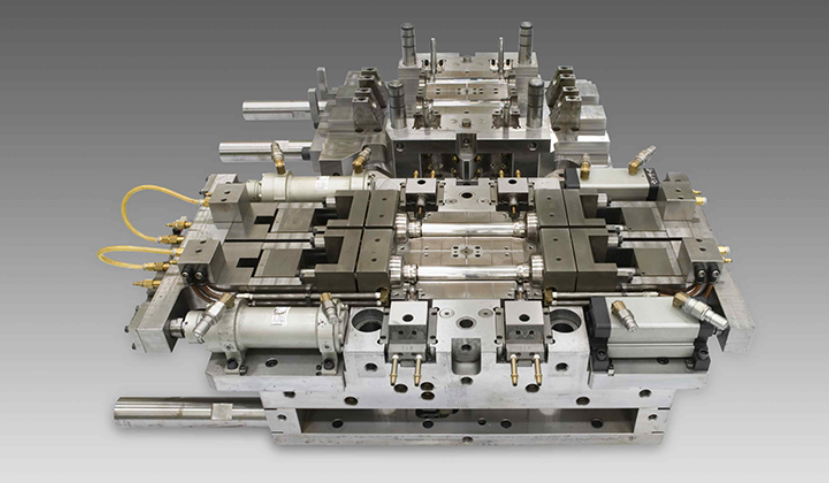Large Plastic Molds Guide: Creating Large Plastic Molds for Industrial Use
Plastic is a widely used material in the industrial sector due to its versatility and durability. Many products are made using plastic molds, and large-scale production requires the use of industrial plastic molds. The process of creating large plastic molds for industrial use involves several steps, including design, prototyping, and production.
Design

The first step in creating large plastic molds for industrial use is the design process. The design of the mold is crucial as it determines the shape and size of the final product. The design must also take into account the material to be used, the production process, and the final use of the product.
The design process can be done using computer-aided design (CAD) software. This software allows the designer to create a virtual, three-dimensional model of the mold. The designer can then make adjustments to the model until it meets the specifications and requirements of the project.
Prototipos
Once the design is finalized, the next step in creating large plastic molds for industrial use is prototyping. A prototype is a physical model of the mold that is used to test its functionality and ensure that it meets the required specifications.
Prototyping can be done using various methods, including 3D printing, CNC machining, and injection molding. The choice of method depends on the complexity of the mold and the materials used.

Production
The final step in creating large plastic molds for industrial use is production. Production involves the manufacturing of the mold using the finalized design and prototyping. The manufacturing process includes several steps, including tooling, injection molding, and finishing.
Tooling involves the creation of the tools and equipment needed to manufacture the mold. Injection molding is the process of injecting molten plastic into the mold to create the final product. Finishing involves the removal of any excess material and smoothing out the surface of the mold.
conclusión
Creating large plastic molds for industrial use requires careful planning and execution. The design and prototyping processes are crucial to ensure that the mold meets the specifications and requirements of the project. The production process involves tooling, injection molding, and finishing to create the final product. With proper planning and execution, large plastic molds can be created for a wide range of industrial applications.
Anterior:The Advantages of Using a Plastic Injection Molding Machine
Próximo: Understand Medical Molding Parts: Precision and Quality for Life-Saving Devices
-
What are the Key Steps and Importance of Precision in Crafting Quality Home Appliance Molding Parts?
2023-8-9
In today's fast-paced world, home appliances have become an essential part of our daily lives. From refrigerators to was...
Ver detalles -
Medical Molding Parts manufacture: Precision and Quality in Medical Device Manufacturing
2023-5-9
Medical molding parts are an integral aspect of the medical device manufacturing industry. These parts are essential as ...
Ver detalles -
Exploring the Advantages and Applications of Overmolding in Manufacturing
2023-6-27
Overmolding is a process that has been increasingly used in manufacturing industries. It involves the process of applyin...
Ver detalles -
Dealing with Chair Mold: Prevention and Remediation Techniques for a Clean and Safe Environment
2023-9-9
Introduction Mold growth in chairs can be a common issue, especially in areas with high humidity levels. Not only is mol...
Ver detalles -
Designing a Precision Plastic Crate Mould for Efficient Storage and Transportation
2023-6-13
In today's fast-paced world, efficient storage and transportation of goods are crucial for businesses to succeed. One of...
Ver detalles -
Plastic Molds: Essential Tools in Industrial Manufacturing
2024-10-19
Plastic molds play an important role as key equipment in the production of plastic products. The following is a detailed...
Ver detalles







